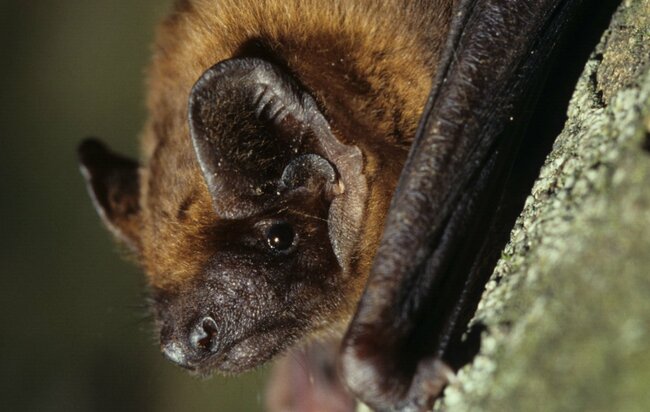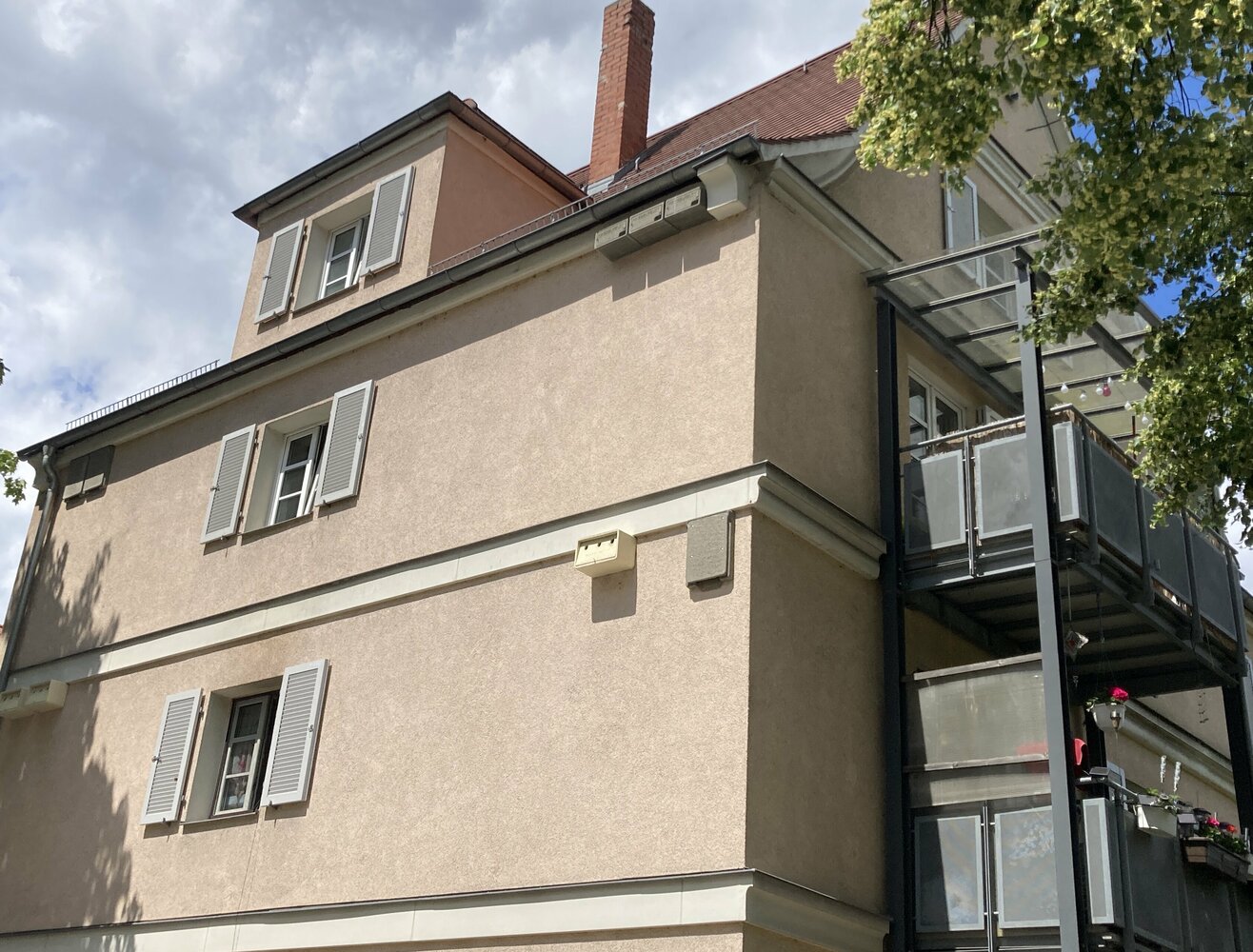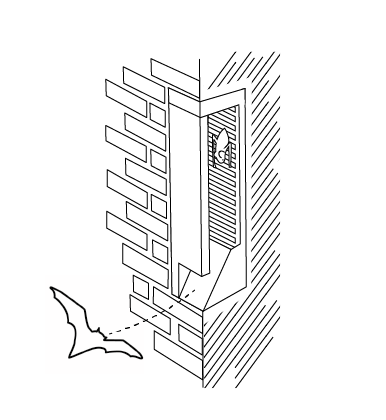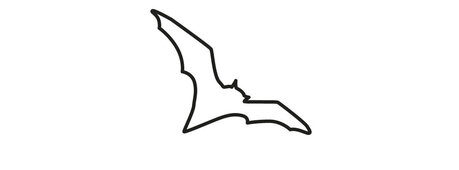Fackt sheet
- Nyctalus noctula
- Color: red
- Lenght: 6 - 9 cm
- age up to: 12 Years
- Enemy: Owls , Eagle owls, Hawks
- Diet: Small insects, Bugs
- Hibernation in special accommodations

Caves
Here lives the common noctule
The common noctule is one of the largest bat species in Europe and prefers forests as its habitat. It finds shelter in old trees where there are tree or former woodpecker caves. However, in the summer months it is also attracted to cities, where it uses narrow building crevices, artificial bat caves or areas behind facades as hiding places. These hiding places offer ideal protection from the weather and predators during the day.
At dusk and at night, the common noctule hunts for larger flying insects such as beetles and moths. As fast and persistent fliers, bats prefer extensive hunting grounds. The common noctule usually flies at treetop height or above. However, the loss of old trees, suitable summer and winter roosts and the use of insecticides are threatening their habitat and food source - insects. To ensure the survival of this species, measures such as insect protection and the installation of artificial bat caves are of great importance.
To make the city more attractive as a habitat, wbg Nürnberg is integrating bat caves into facades. These roosts, which can be attached to both buildings and trees, offer the common noctule bat protection, food and breeding opportunities. In buildings, they are either embedded in the façade so that only the entrance hole is visible or they are hung in front of the façade. Depending on the type of construction, these caves serve as summer or winter quarters for the bats and help to secure their population.



